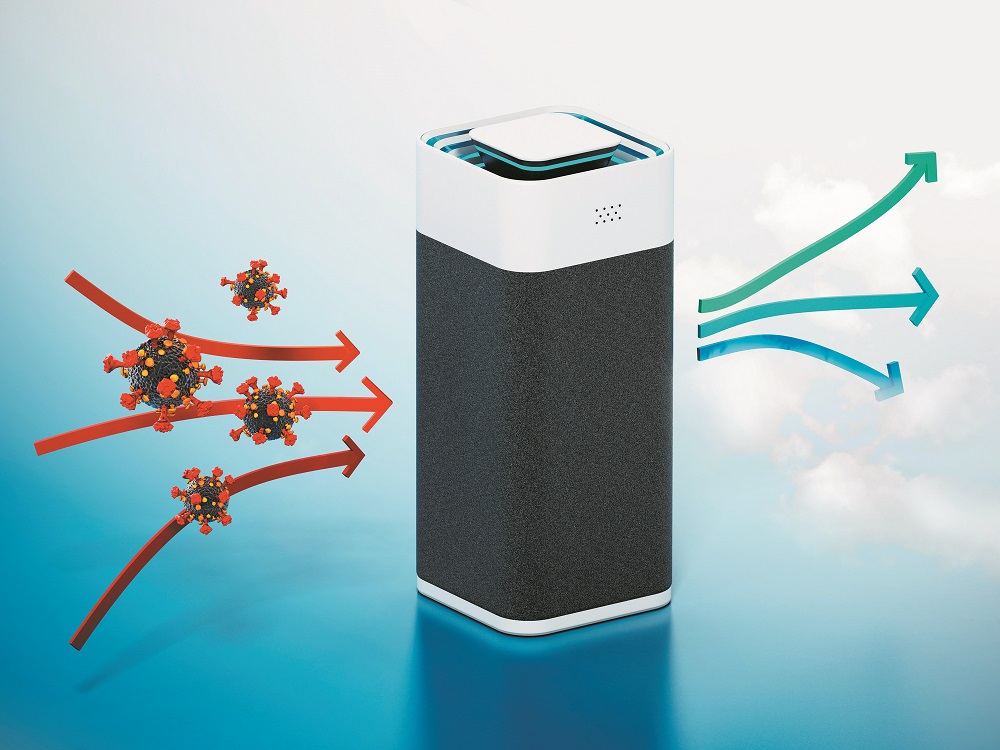Indoor air quality isn’t just a nice to have these days. But how do you determine which air purifier is best for your needs? Here’s how…
Test your air. The Examinair (Examinair.com, $400) is a DIY test that can reveal molds and allergens. You take an air sample, send it to a lab for analysis and get results in about a week. To find out if you are dealing with volatile organic compounds (VOCs) such as those in paint fumes and car exhaust, you will need to contact an indoor air-quality professional. You can find one at American Council for Accredited Certification (ACAC.org) or Indoor Air Quality Association (IAQA.org). Ask him/her about IAQ Home Survey PREDICT from Enthalpy Analytical (about $265 and up, Pati-air.com/gettingstarted).
Remove sources of the contaminants. Examples: If your house has mold, it must be professionally remediated. If you’re allergic to your pets, filtering the air won’t help if you don’t vacuum with a high-efficiency particulate air (HEPA) filter.
Find the solution for your contaminants. The key characteristics when looking for an air purifier are particle size and method of capturing and/or killing the contaminant. The smaller the particle, the finer the filter needed to catch it. Reminder: If your home is large and has more than one HVAC system, you will need one air purifier for each system.
Pet dander and pollen: These large particles can be captured using a HEPA or, even better, ULPA (ultra-low-particulate air) filter. AirDoctor 3000 circulates the air in a 1,274-square-foot space twice an hour using three-stage filtration to capture particles 100 times smaller than the HEPA standard ($629. AirDoctorPro.com). For basic HEPA, the AprilAire Room Air Purifier offers HEPA four-stage filtration ($399, Aprilaire.com).
Car exhaust, paint fumes, etc.: These VOCs can be removed using needlepoint bipolar ionization, which changes the electrical charges of tiny particles, causing them to clump and get caught in the filter. Important: Check with the manufacturer that any unit you choose does not produce ozone. GPS FC24-AC is installed in your home’s ductwork (typically, about $500 to $700, including installation) by an HVAC professional.
Wildfire smoke: Smoke is a mixture of gases and large and fine particles, so it requires a multistage solution. Intellipure Ultrafine 468 uses a six-stage VOC absorption filter and a patented filtration system. It can purify 1,200 square feet ($999, Intellipure.com).
Mold: Mold spores are large particles that can be captured with a HEPA filter. The best purifier kills the spores using UV light. Sanitaire from Atlantic Ultraviolet ($1,257, Ultraviolet.com) is a standalone unit…or the AeroLogic UV Air Duct Disinfection system (about $365 to $765. Ultraviolet.com) mounts inside an HVAC system, is more economical and can cover more space. For UV technologies to work, they need to be sized for your home. You will need an HVAC professional for sizing and installation.
Viruses and bacteria: These miniscule particles (including SARS CoV-2, which causes COVID-19) require fine filtering. Since they’re dangerous, they must be destroyed inside the unit. IVP Air, whose capture-and-kill technology heats trapped molecules to 200° Celsius, has been proven to kill the COVID virus on a single pass ($995 for a travel mobile unit that treats a 250-square-foot space…$3,995 for a room mobile unit, IVPAir.com).


